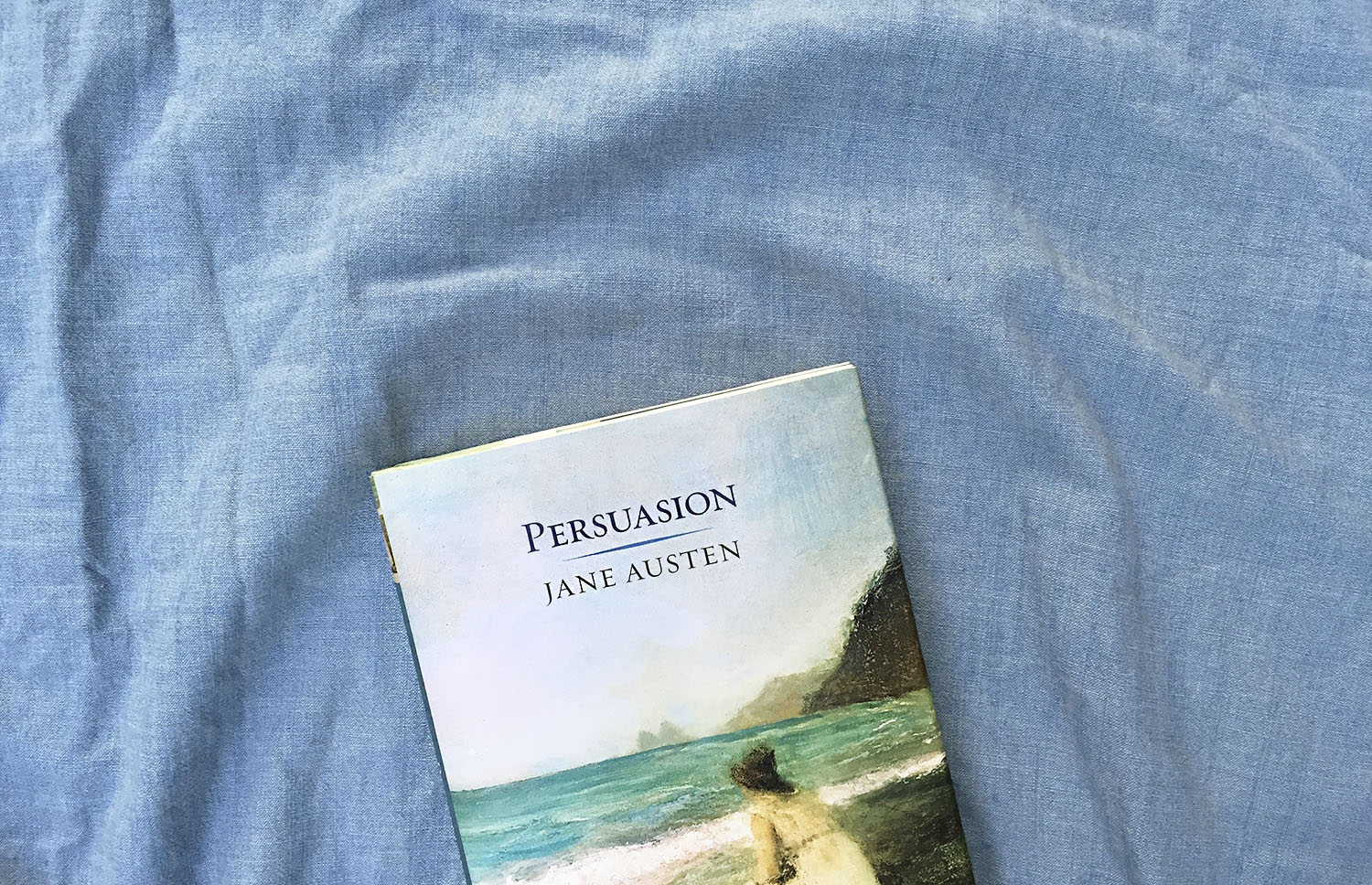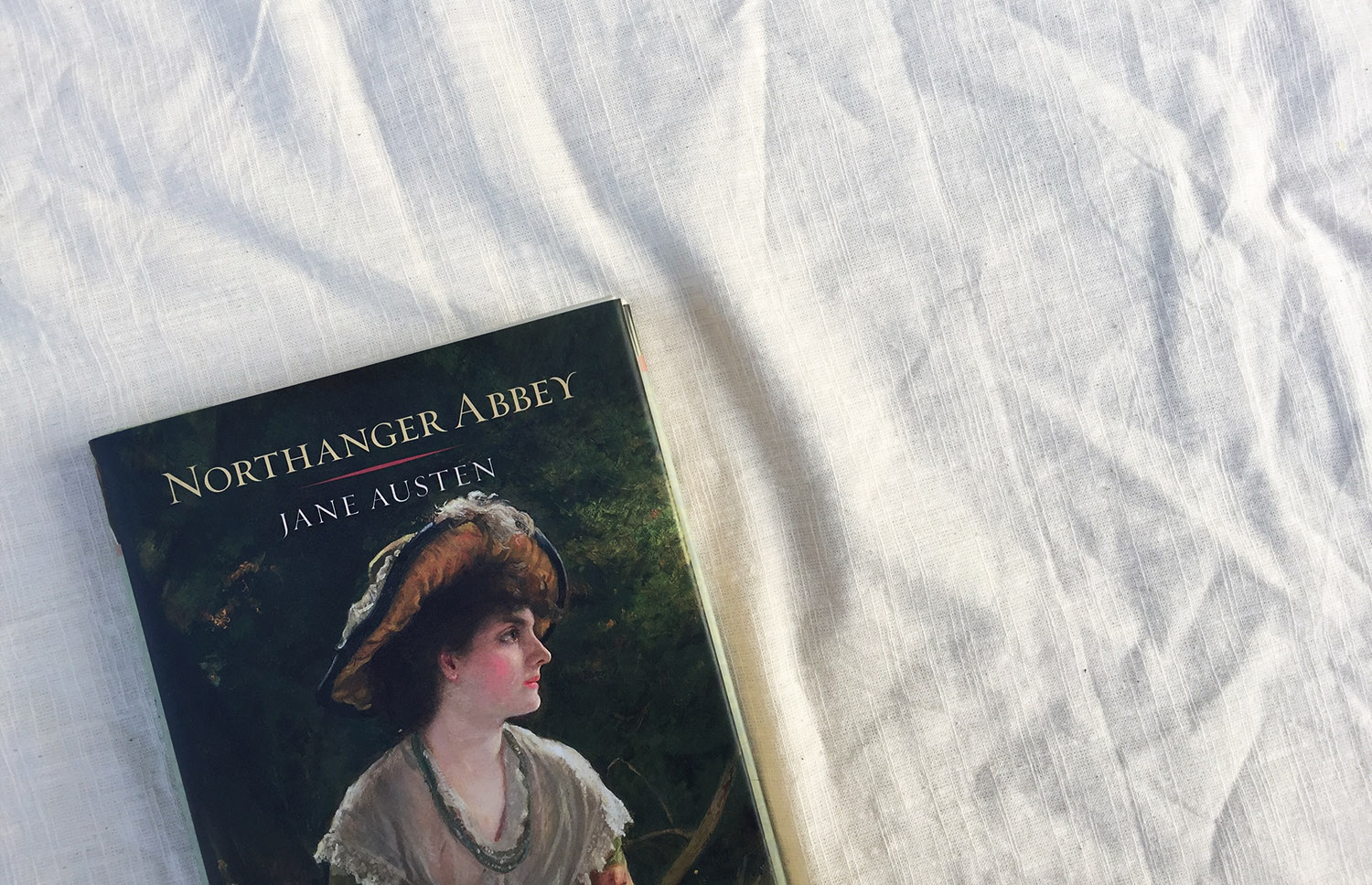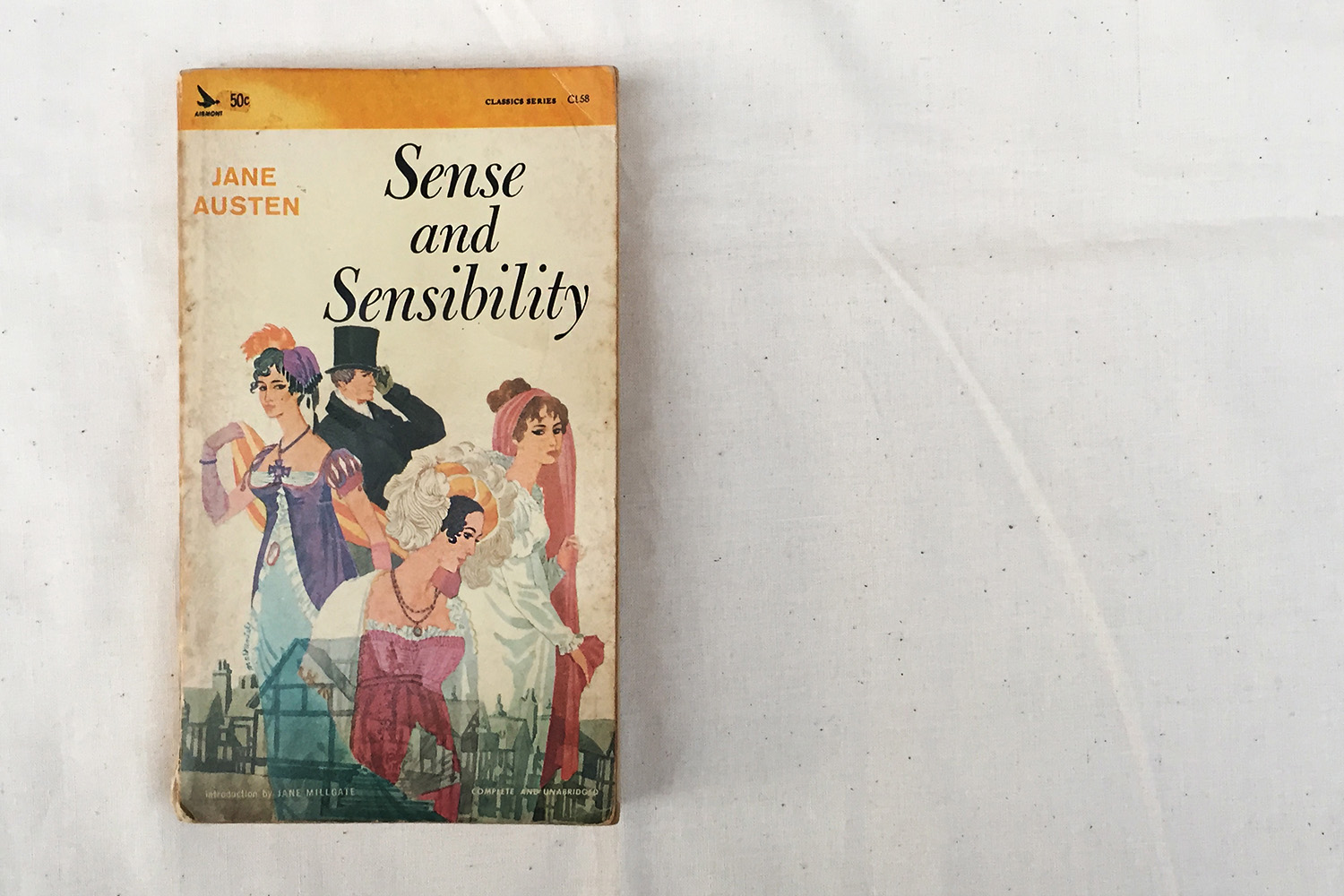
Persuasion is the last of Jane Austen’s books that I plan to read before taking a breather, and fittingly so, as it is her last completed novel. The timing is especially perfect because having just finished her first novel, Northanger Abbey, I am very curious to compare the bookends of her life’s work.
Anne Elliot is 27-years-old, noticeably older than Austen’s previous heroines. She is the middle child of widower Sir Walter Elliot, a vain man who describes her as “haggard.” This is not the story of a giddy young girl flirting her days away, but of a sweet and elegant woman whose life demands heartache and patience. At 19, Anne falls in love with Frederick Wentworth, but rejects his marriage proposal due to her family’s insistence that he is beneath her. Frederick goes off to sea, Anne remains unmarried, and the main drama unfolds when he returns, now a captain in the Royal Navy and an embodiment of the self-made man, another new type of character for Austen.
There is something striking about Persuasion being Austen’s final novel before her death at 41, as if it is some kind of culmination of all that she has written, of all that she has experienced. Persuasion is Austen’s all too soon farewell, written even in the face of illness, and I am eager to pay my respects.
Anne Elliot is 27-years-old, noticeably older than Austen’s previous heroines. She is the middle child of widower Sir Walter Elliot, a vain man who describes her as “haggard.” This is not the story of a giddy young girl flirting her days away, but of a sweet and elegant woman whose life demands heartache and patience. At 19, Anne falls in love with Frederick Wentworth, but rejects his marriage proposal due to her family’s insistence that he is beneath her. Frederick goes off to sea, Anne remains unmarried, and the main drama unfolds when he returns, now a captain in the Royal Navy and an embodiment of the self-made man, another new type of character for Austen.
There is something striking about Persuasion being Austen’s final novel before her death at 41, as if it is some kind of culmination of all that she has written, of all that she has experienced. Persuasion is Austen’s all too soon farewell, written even in the face of illness, and I am eager to pay my respects.

 Currently Reading
Currently Reading


